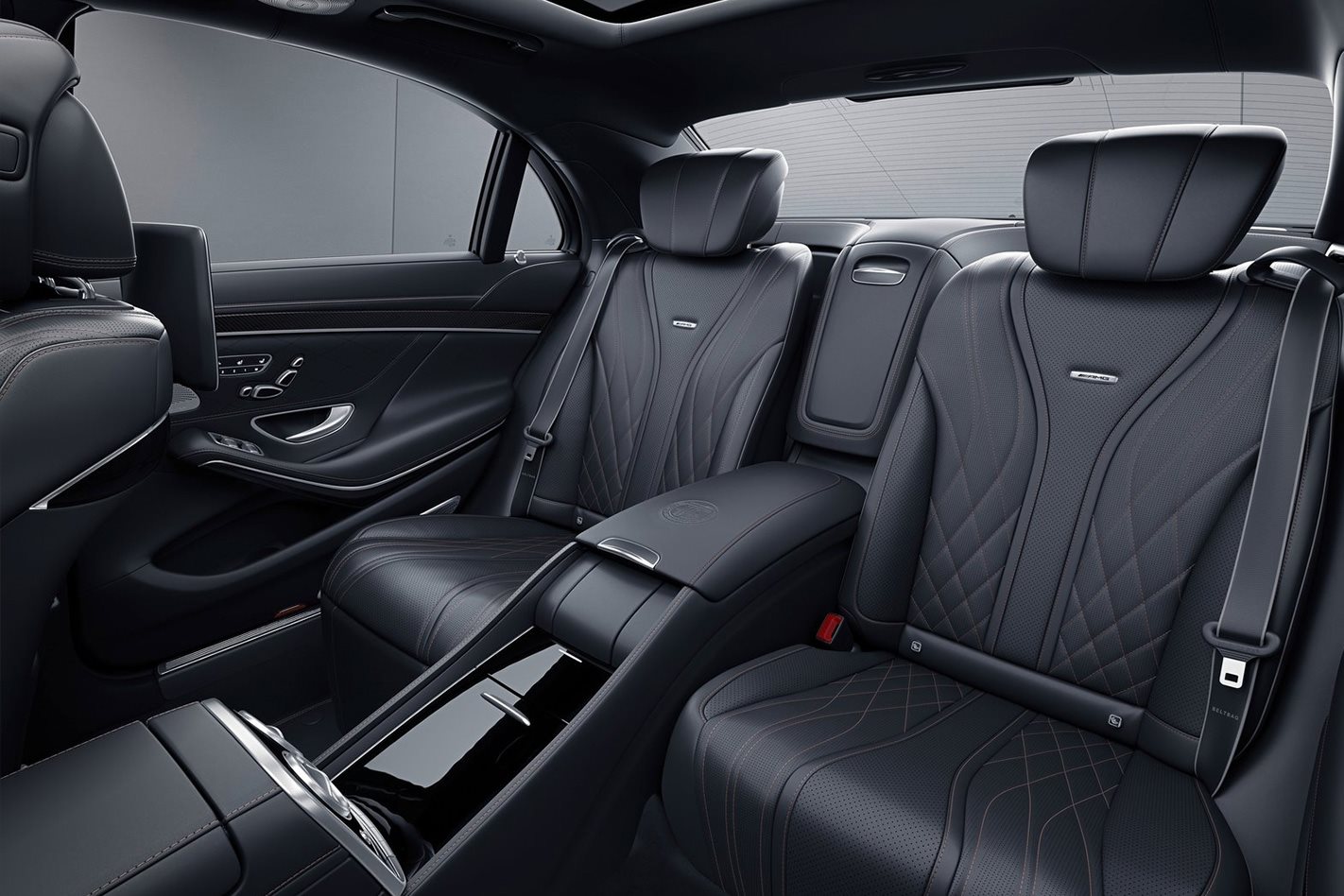
Shopping for a new car is riddled with jargon that might come across as gibberish to some, and unless you’re in-the-know you mightn’t immediately understand the difference between the terms leather, leather-appointed and leatherette.
But there are stark differences between the trio, so make sure you go into a car purchase armed with the right sort of knowledge.
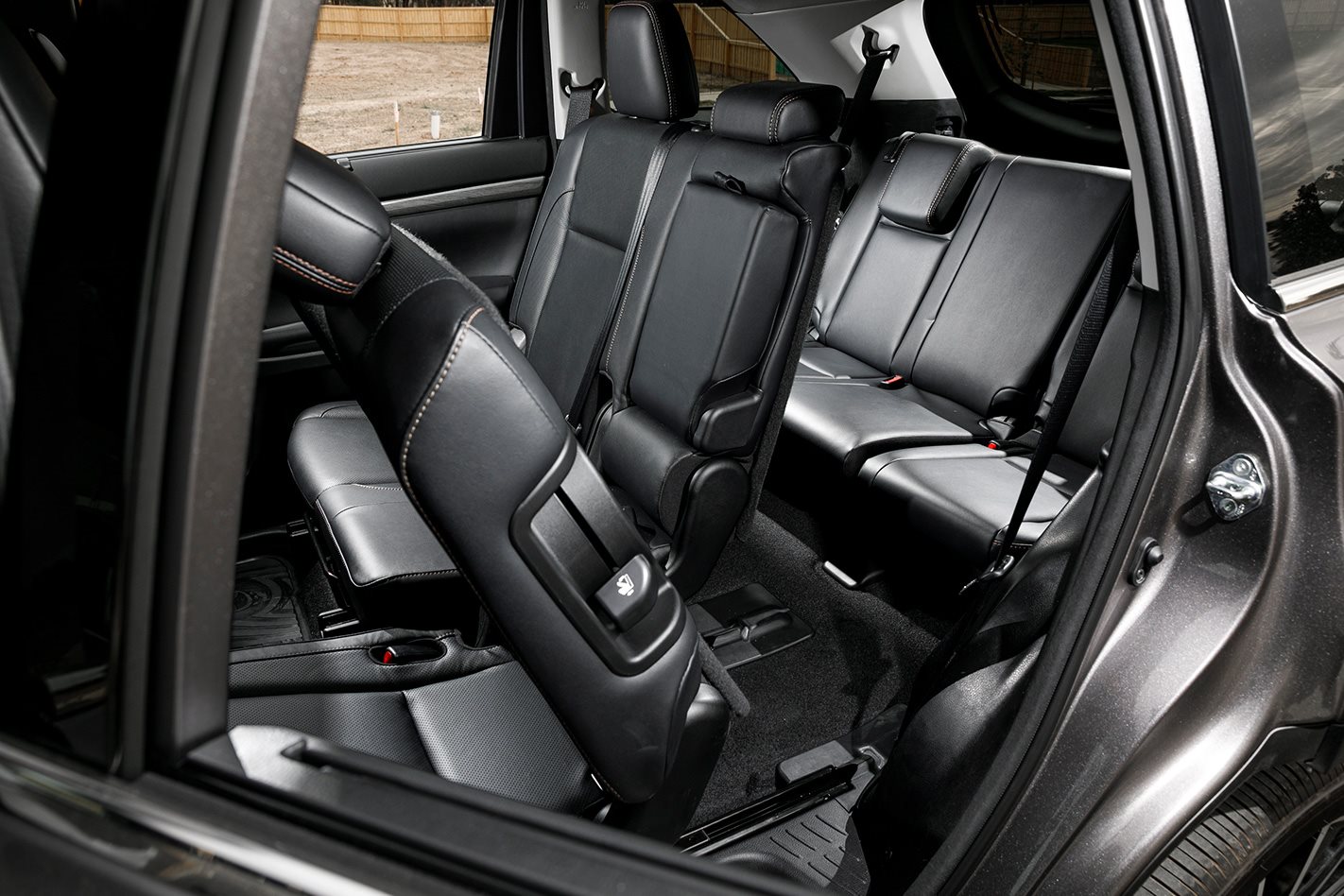
Leatherette upholstery describes interiors that are fitted with fake leather. That is, man-made leather than mimics the look and feel of the real thing. There are a number of reasons why manufacturers opt to use leatherette material – often referred to as ‘pleather’ – over genuine leather, such as the cost of production, durability, its resistance to stains and spills, plus the ethical impact of a non-animal-sourced upholstery.
Leatherette usually contains substances like polyurethane or vinyl, and does a very convincing job of looking like real leather. Typically, leatherette has superior ability to repel foods/drinks should the occasional spill occur, while they also are much easier to clean.
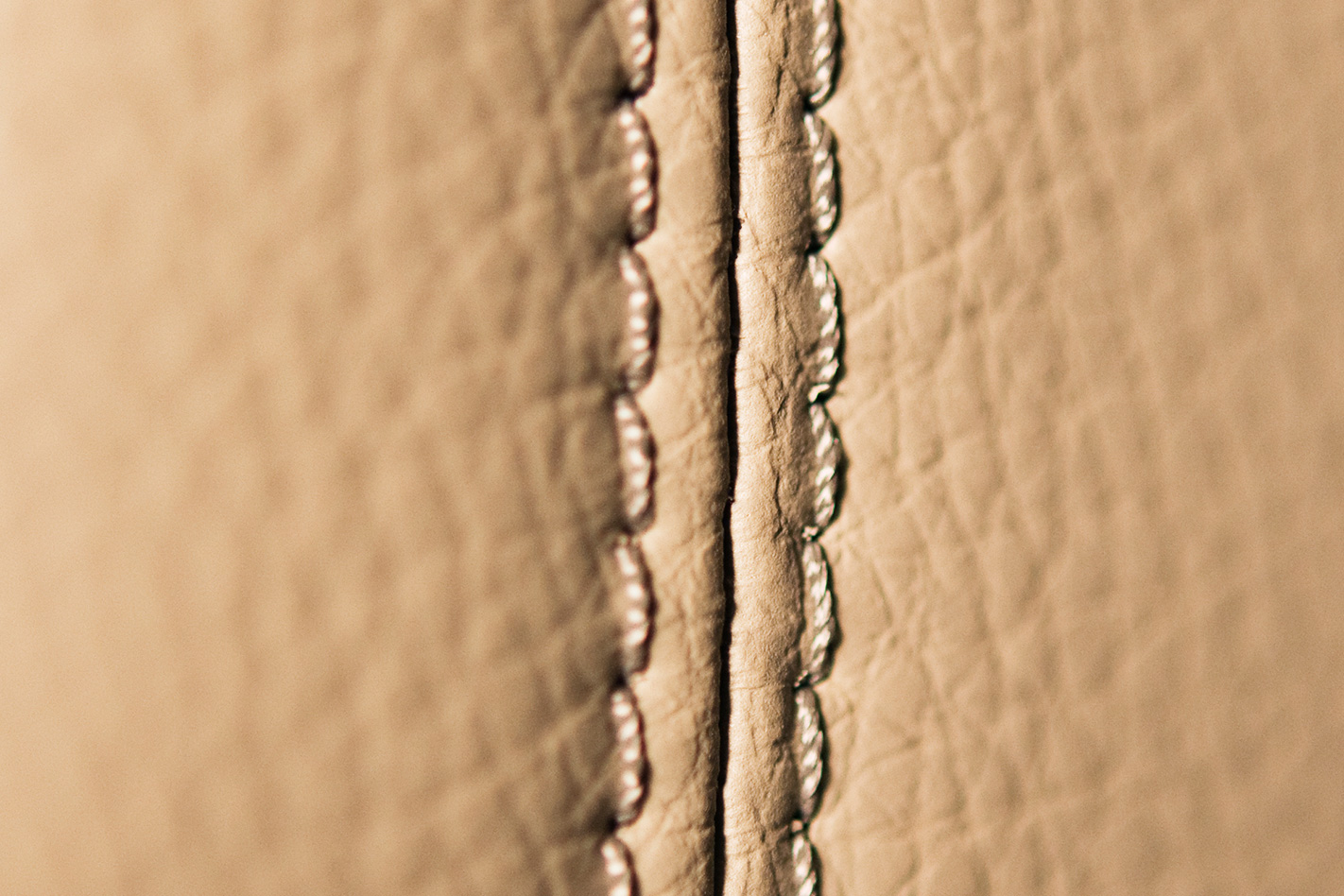
A middle-ground solution that manufacturers often use is called leather-appointed (or leather accented) seats, which include a concoction of both real and man-made leather. This mix usually strikes the best cost/value balance by supplying real leather (or a mix of real and fake) where you sit for ultimate breathability and tactile appeal, while parts like the bolsters and edges are covered in a man-made product for durability and lower cost.
Nothing can substitute for real leather though, and although the cost to upholster a car with leather far outweighs that of leatherette, the perceived product is superior, it breathes better and many like the aroma of genuine hide.
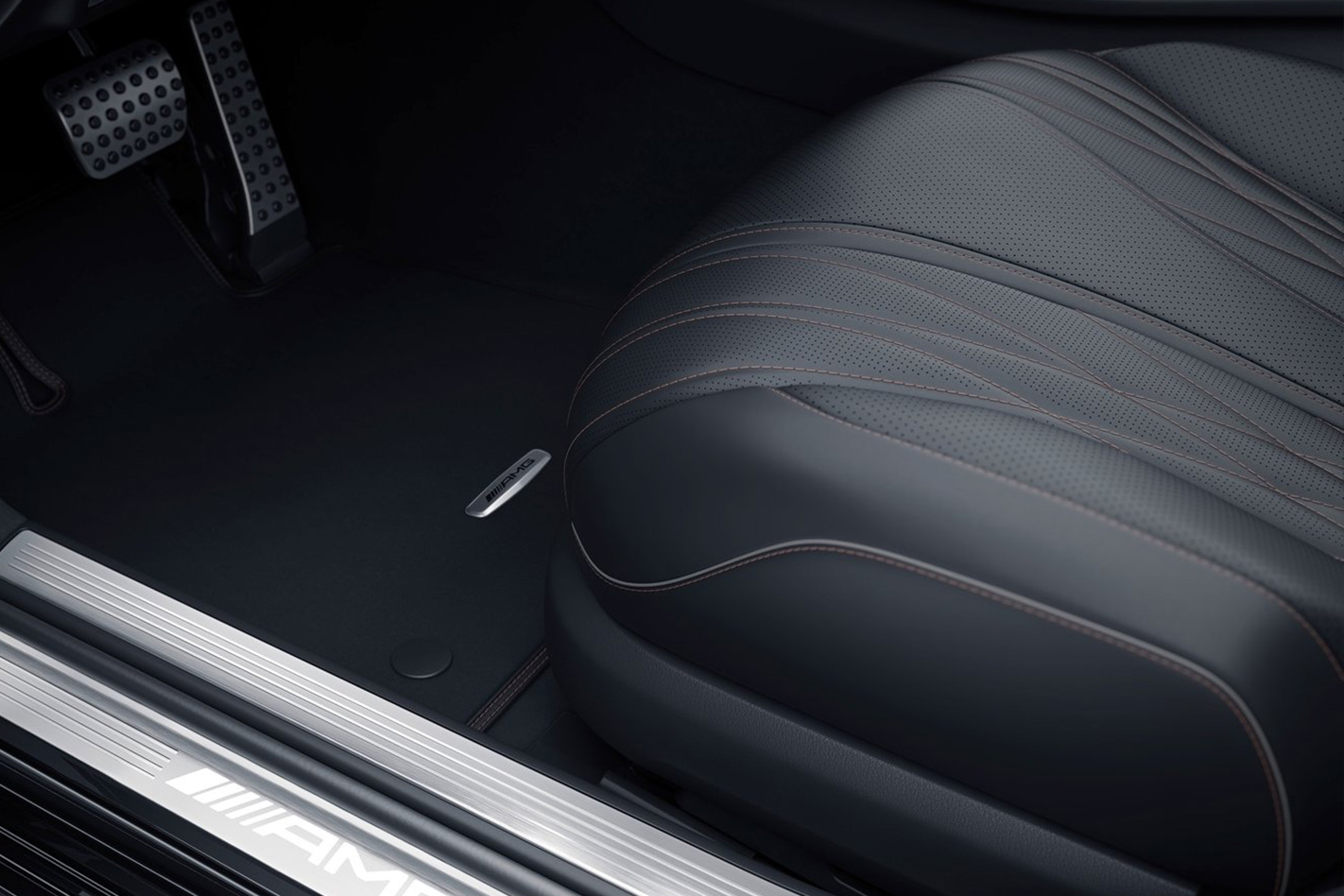
That said, there is a movement toward cruelty-free vegan products these days and in the future we wouldn’t be surprised to see less and less of real leather making up car interiors. This is why many car makers are moving toward vegan interiors and using more recycled materials.
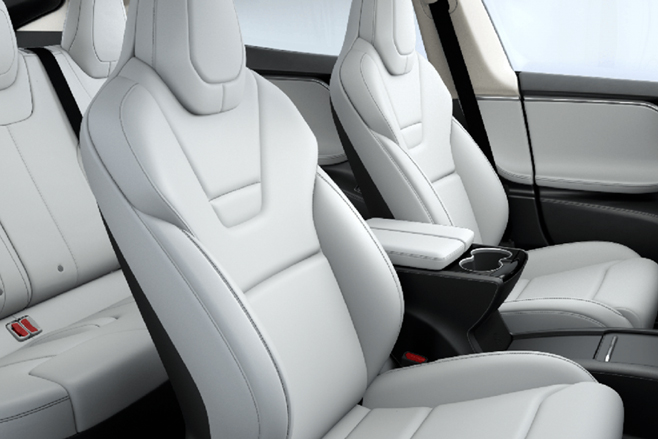
There are a number of tell-tale signs to determine whether a material is real or fake, should you be in doubt. If a manufacturer doesn’t indicate whether a product is fake or real, you can tell by either smelling it (leather has a distinct smell that can’t be replicated), testing the texture (fake leather is often overly smooth and plastic-feeling) and studying the pattern. Real leather has pores, minor imperfections and variations in its grain that show a certain strain because it’s a natural product. If it looks very consistent, it’s likely not the real deal.
If in doubt, compare with a sample piece of real leather that you know is genuine.
What kind of interior do you prefer in your car? Leatherette, genuine or even cloth seats?



